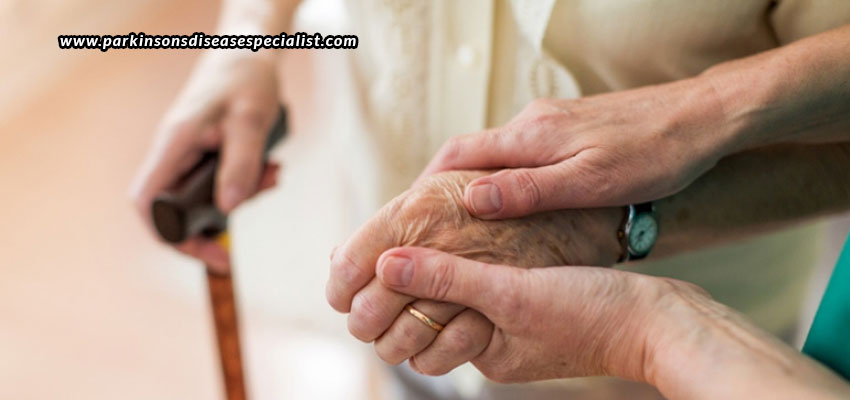
30 Dec Hypokinetic And Hyperkinetic Movement Disorders
Are you or someone you know or care for dealing with a movement disorder; a disorder that impacts the movement of your hands and legs? It could be slowness of motion, rigidity, involuntary shaking, or anything else. All of these signs are symptoms of movement disorders. Although there are a number of different types of movement disorders, each showing different symptoms, these are the general symptoms seen.
Movement disorders are basically divided into two groups – hypokinetic and hyperkinetic. Hypokinetic disorders are those that involve decreased or slow movements, and hyperkinetic disorders are those that involve increased movement.
Hypokinetic Movement Disorders
Parkinson’s Disease – Parkinson’s Disease is one of the most commonly seen hypokinetic movement disorder, which is a progressive neuro-degenerative disorder that affects dopamine-producing neurons in the part of the brain called substantia nigra, which is responsible for controlling movement. Parkinson’s Disease patients generally observe symptoms of tremors, muscle rigidity, stiffness, gradual movement loss, decreased facial expression, stooped posture, unsteady walk, loss of balance, and voice changes.
Progressive Supranuclear Palsy (PSP) – Progressive Supranuclear Palsy is a rare brain disorder that may lead to serious and permanent neurological problems. Being similar to Parkinson’s Disease, PSP at times is mistaken to be PD. But, patients suffering from PSP are seen to have a continuous loss of specific brain cells, which causes slow movement and impairment of walking, balance, speech, and eye movement. There may also be personality changes, emotional outbursts, and lowered intellectual abilities involved.
Hyperkinetic Movement Disorders
Essential tremor – Essential tremor is an uncontrolled trembling or shaking of the hands or arms, which worsens with basic movements. These tremors are caused by abnormalities in the area of the brain that control movement, which is often linked to genetic factors or family history. There are generally no serous complications involved, however, the symptoms interfere with everyday activities, causing discomfort and frustration.
Dystonia – Dystonia is characterized by involuntary muscle spasms, and results from abnormal functioning of the basal ganglia, which is responsible for the control and coordination of movement in the body. Patients suffering from dystonia experience repetitive movements, abnormal postures, and inconvenient twisting.
Ataxia – This disorder affects the brain, brainstem, or spinal cord; the common symptoms of which include clumsiness, lack of coordination, instability, imbalance, and impairment of speech and eye movement. There could be jerky movement and falls involved.
Huntington’s Disease – This is a progressive, degenerative, fatal condition caused due to the deterioration of the nerve cells in the brain. The symptoms include jerking, uncontrollable movement of the limbs and face, and a gradual loss of mental abilities.
Tourette’s Syndrome – This is a hereditary neurological disorder that is characterized by repeated involuntary movements and uncontrollable vocal sounds called tics. The tics are frequent, repetitive, and quick.
Due to lack of awareness and understanding, these neurological disorders are often looked upon as taboos, which brings inferiority to the patients suffering from them, thus heavily impacting their lives and mental status, often leading to depression. But, you must never consider yourself inferior if you are suffering from any of the above. Instead, you must immediately opt for a movement disorders treatment in UAE from the best Dr. Shivam Mittal! Here, you will be given proper guidance and consultation as to how you are supposed to manage your condition and live your life better. You may also be prescribed medications, injections, therapies, or surgeries, depending upon your individual condition, to help control your symptoms, and improve your quality of life.







